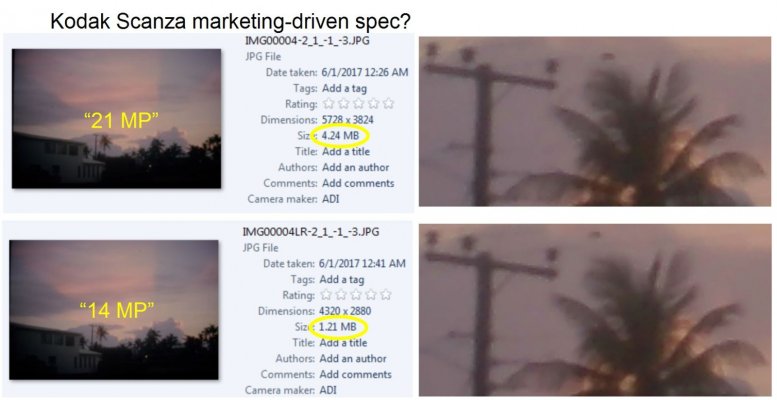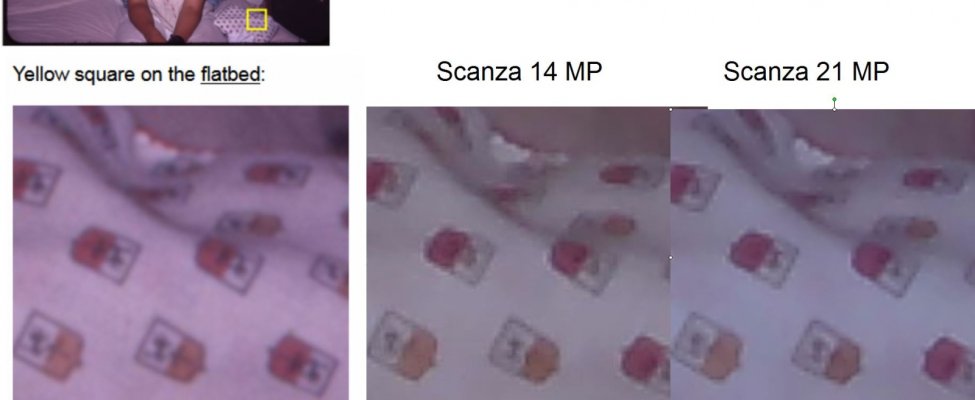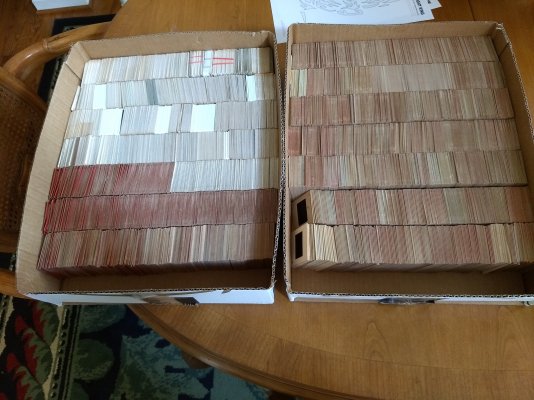Scanning Results
After looking at some examples of scans from the Kodak Scanza, I made an eBay bid, and was surprised to have "won" it for only $75. I scanned 5,571 slides...every one that was in mom's attic, irrespective of the quality (quicker if no decision has to be made).
Before launching off on the big project, I did some experimentation, comparing the various modes on the Scanza with the flatbed (the flatbed takes forever to scan, and I'd never do more than a few with that, but it's the "gold standard").
So below I've attached my test results. The bottom line is that the Scanza is certainly good enough for who it's for (me, hehe!). The flat bed is better, but my criterion was how good it looks when displayed on a 1920x1080 screen, and the two were indistinguishable. Note that I was playing with the white balance, so the colors aren't aligned in the images attached. The Scanza has a serious leaning toward blue that I mostly was able to adjust out, but still, that's poor design of the device. Also poor is the two scanning modes (the "21 MP" mode of the Scanza vs "14MP" mode). The two modes are very similar. My skeptical brain wonders if the marketing department just added that mode to make sure nobody had "better specs". The 14MP is nowhere even close to what a 14MP camera would produce, so I figure those numbers are all about marketing, and nothing to do with the real specs of the device. But, like I said, it was good enough to scan the slides.
The rate that I scanned these slides was about 300 per hour. That includes a bit of flipping to get emulsion side down, orienting them, and jotting down a time and a subject.
The scanner starts at June 1, 2017 midnight when you plug it in, and there's no way to adjust the date/time. So I wrote a little program that pushes the date into the EXITF and also into the file name (once I get the images transferred to the computer, of course). About 1/3 of the slides had a date printed on the cardboard mount, which I would jot down, along with the wall-clock time. So my notes with closely synchronized time allowed me to get the right date on each small batch of usually 20 to 60 slides with that date/subject. The older slides didn't have dates. They still got sorted into batches by subject that someone had jotted on each stack, but the accuracy was poor. Someone, I think early on, put roll letters (A, B, C, D, E, F...) on each slide, so that went into my short description for the stack. Some stacks were all "H" and labeled "japan" or something, which would make finding specifics nice, but many were hopelessly mixed up with 5 or more roll letters.
I justified taking time on this project because my dad was one of 7 kids, and so I have over 25 potentially interested cousins. Although I kind of doubt anyone will do much with these. At least they didn't go into the trash without scanning.



